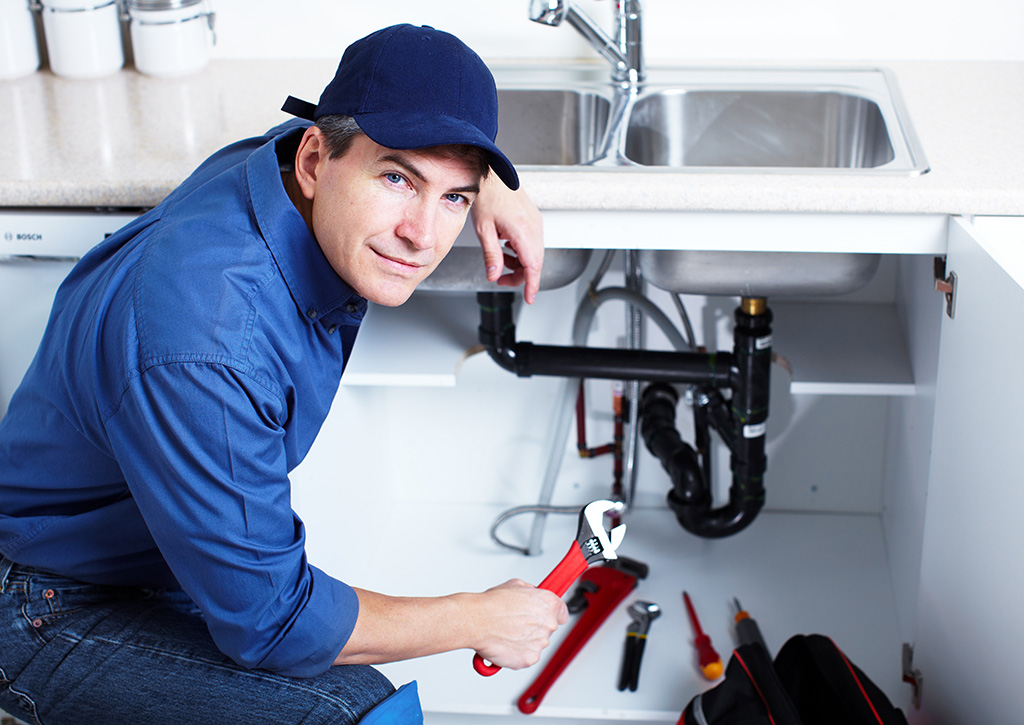Plumbing plays a vital role in every household, but often gets overlooked until a problem arises. However, with a little knowledge and preemptive care, you can ensure that your pipes keep flowing smoothly year-round. In this plumbing guide, we will explore some essential tips and tricks to help you maintain your plumbing system and avoid common issues that may lead to costly repairs. By following these instructions diligently, you will gain the confidence and skills necessary to tackle basic plumbing tasks, saving you time, money, and unnecessary stress. Let’s dive right in and uncover the secrets to keeping your pipes in optimal condition!
Understanding Your Plumbing System
Your plumbing system plays a crucial role in the functionality of your home. It is responsible for delivering clean water to your faucets, toilets, and appliances, as well as removing waste and drainage efficiently. Having a basic understanding of how your plumbing system works is essential for maintaining its optimal performance.
Water Supply: Your plumbing system consists of two main parts: the water supply and the drainage system. The water supply brings fresh water into your home, usually from a municipal source or a well. The water supply is connected to your home through a main water line. From there, it branches out to various areas of your house, including sinks, showers, and toilets.
Drainage System: The drainage system is responsible for removing wastewater from your home. It consists of a network of pipes that carry the waste to a central sewer line or a septic tank. Gravity and a series of slopes and vents help facilitate the flow of wastewater out of your house. Proper drainage is crucial to prevent clogs, backups, and other plumbing issues.
Fixtures and Appliances: Your plumbing system is interconnected with various fixtures and appliances throughout your home. These include sinks, toilets, showers, bathtubs, dishwashers, and washing machines. Each fixture has its own water supply and drainage connection. Understanding how these fixtures and appliances are connected to your plumbing system can help you troubleshoot any issues that may arise.
Maintaining a healthy plumbing system is essential for the smooth functioning of your home. Regular inspection, cleaning, and timely repairs can prevent costly repairs and ensure that your pipes continue to flow smoothly. In the next section, we will delve deeper into the maintenance practices and tips you can follow to keep your plumbing system in top shape.
Essential Maintenance Tips
Regular maintenance is key to ensuring your plumbing system operates smoothly and prevents costly repairs down the line. Here are three essential tips to help you keep your pipes in top shape:
Inspect for Leaks:
Regularly check for any signs of leaks throughout your plumbing system. Look for water stains, dampness, or mold growth around pipes, faucets, and fixtures. Even small leaks can lead to significant water damage if left untreated. If you notice any leaks, take immediate action to fix them or call a professional plumber to handle the repairs.Clear Clogs Promptly:
Clogs can disrupt the flow of water and cause backups, leading to unpleasant situations and potential damage. Invest in a plunger or a drain snake to keep on hand for minor clogs in sinks, showers, and toilets. It’s essential to address clogs as soon as you notice them to prevent further complications. For stubborn or recurring clogs, it’s best to call a professional plumber to properly clear the blockage.Maintain Water Pressure:
Proper water pressure is crucial for a well-functioning plumbing system. Low water pressure can indicate a clog or an issue with the pipes, while excessively high pressure can put stress on the system and cause leaks and bursts. Monitor your water pressure regularly using a pressure gauge and ensure it falls within the recommended range. If you notice any significant changes, it’s advisable to consult a plumber to identify and resolve the underlying cause.
By following these essential maintenance tips, you can help prolong the lifespan of your plumbing system and avoid unexpected plumbing emergencies. Remember, prevention is always better than dealing with costly repairs.
Find a plumber
Common Plumbing Issues and Solutions
Leaky Faucets:
One of the most common plumbing issues homeowners face is a leaky faucet. This annoying problem not only wastes water but can also drive up your utility bills. Luckily, fixing a leaky faucet is relatively simple. Start by turning off the water supply to the faucet. Next, disassemble the faucet and examine the components for any signs of damage or wear. Replace any worn-out parts, such as washers or O-rings, and reassemble the faucet. Finally, turn the water supply back on and check to ensure that the leak has been successfully resolved.
Clogged Drains:
Another frequent plumbing issue is a clogged drain. Whether it’s in the kitchen sink, bathroom shower, or toilet, a clog can be a major inconvenience. When dealing with a clogged drain, it’s important to avoid using chemical drain cleaners, as they can be harmful to both your pipes and the environment. Instead, try using a plunger or a plumber’s snake to dislodge the obstruction. For tougher clogs, you may need to remove and clean the p-trap located under the sink. Regular preventive measures, such as using drain strainers and avoiding pouring grease down the drain, can also help prevent clogs from occurring in the first place.
Running Toilets:
A running toilet is not only annoying to listen to, but it can also result in water wastage. Typically, a running toilet is caused by a faulty flapper valve or a defective fill valve. To fix this issue, start by removing the tank lid and inspecting the flapper valve. If it appears worn or damaged, replace it with a new one. Similarly, if the fill valve is malfunctioning, consider replacing it as well. Adjusting the water level in the tank may also help resolve the problem. If these steps don’t solve the issue, it’s recommended to seek professional assistance to avoid further damage to your plumbing system.


